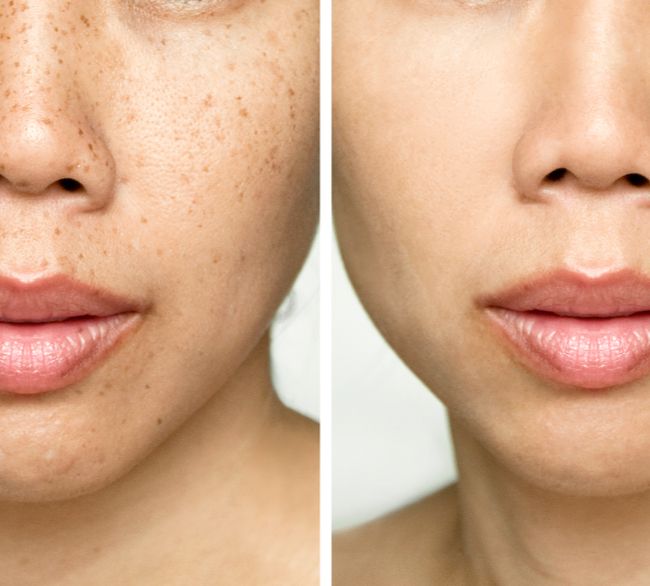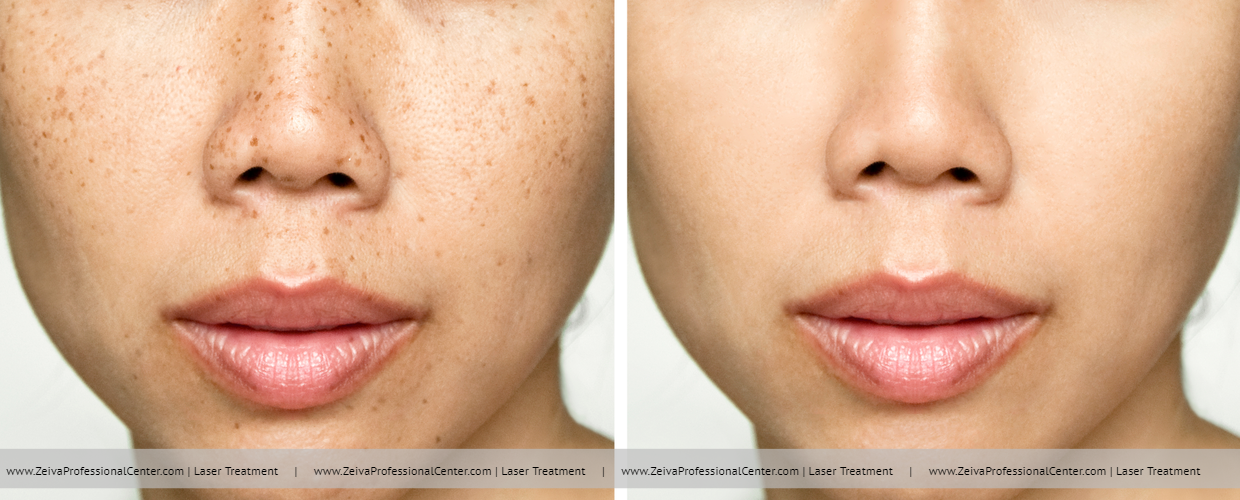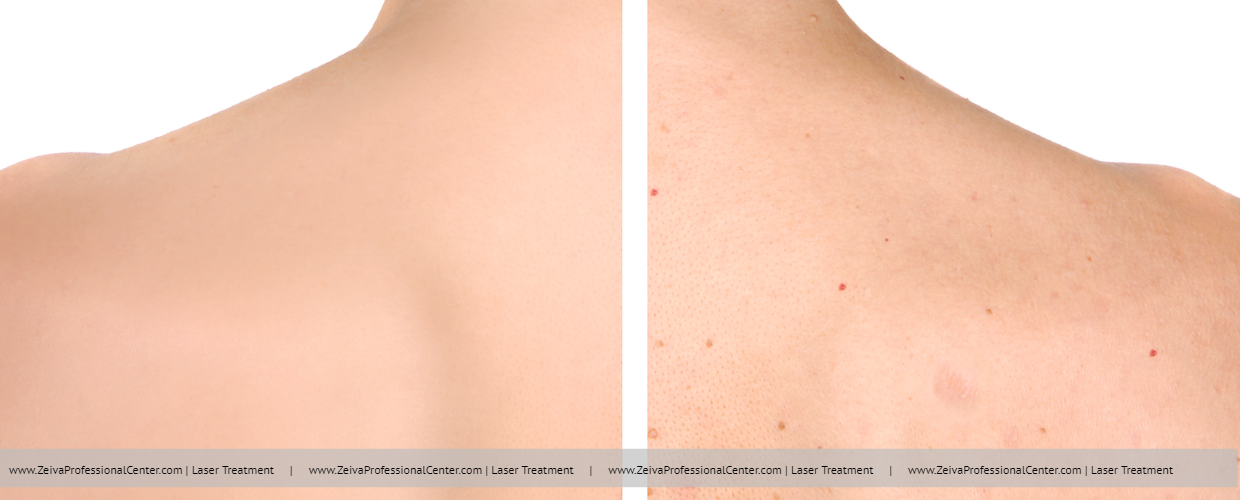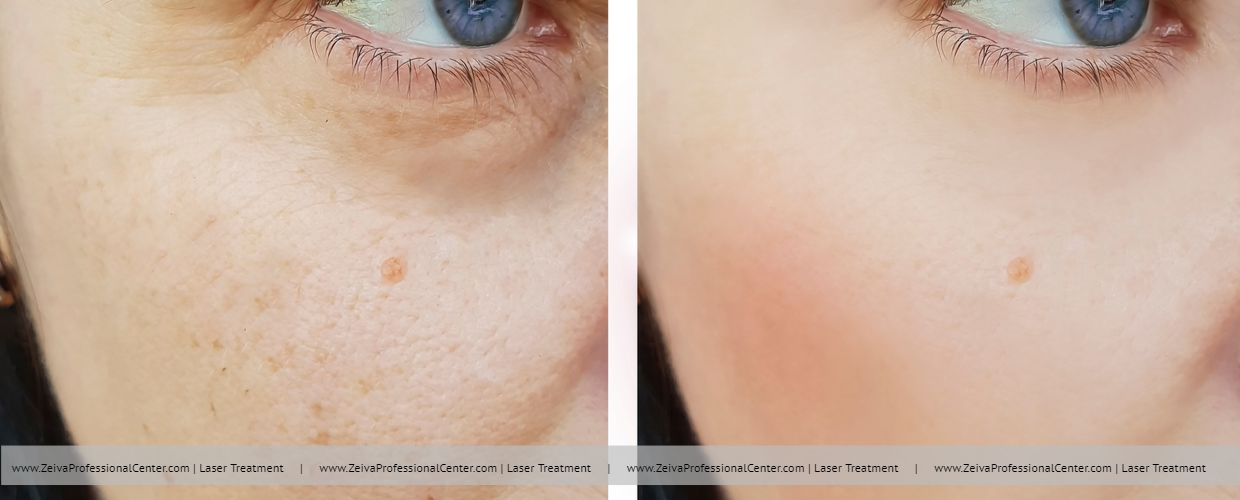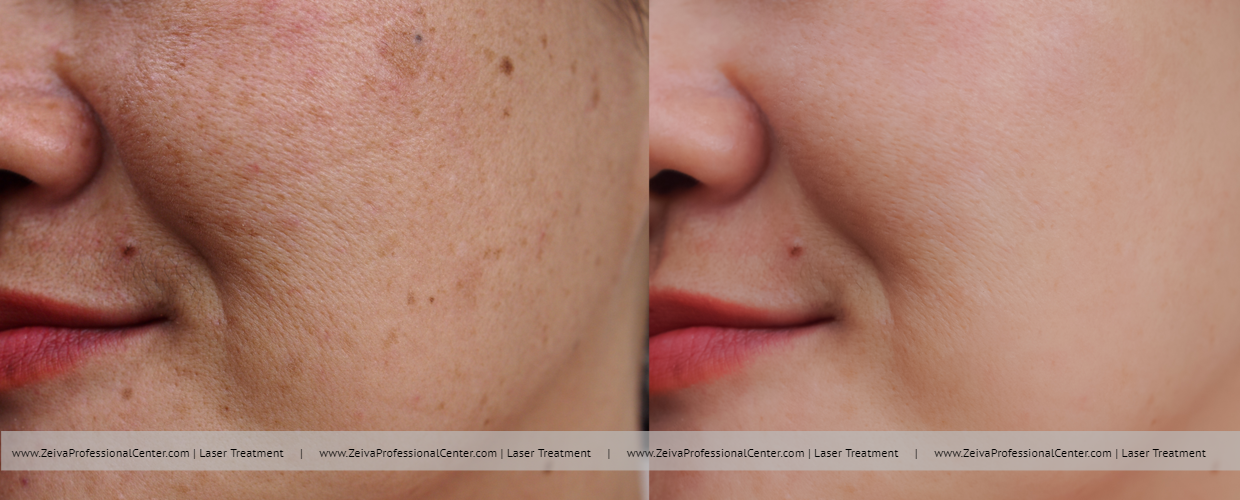BIRTHMARKS
What is a Birthmark?
A birthmark is usually a benign mark, spot, or irregularity on the surface of the skin that’s present from birth or appears soon after. While birthmarks can fade as you grow up, they’re frequently permanent. There’s no way to prevent a birthmark.
They’re typically vascular (the result of abnormal blood vessels) or pigmented, caused by an overgrowth of melanocytes, the cells that produce color in our skin.
Birthmarks can be hereditary, and you may even be able to see similarities among family members. However, most are unique to each person.
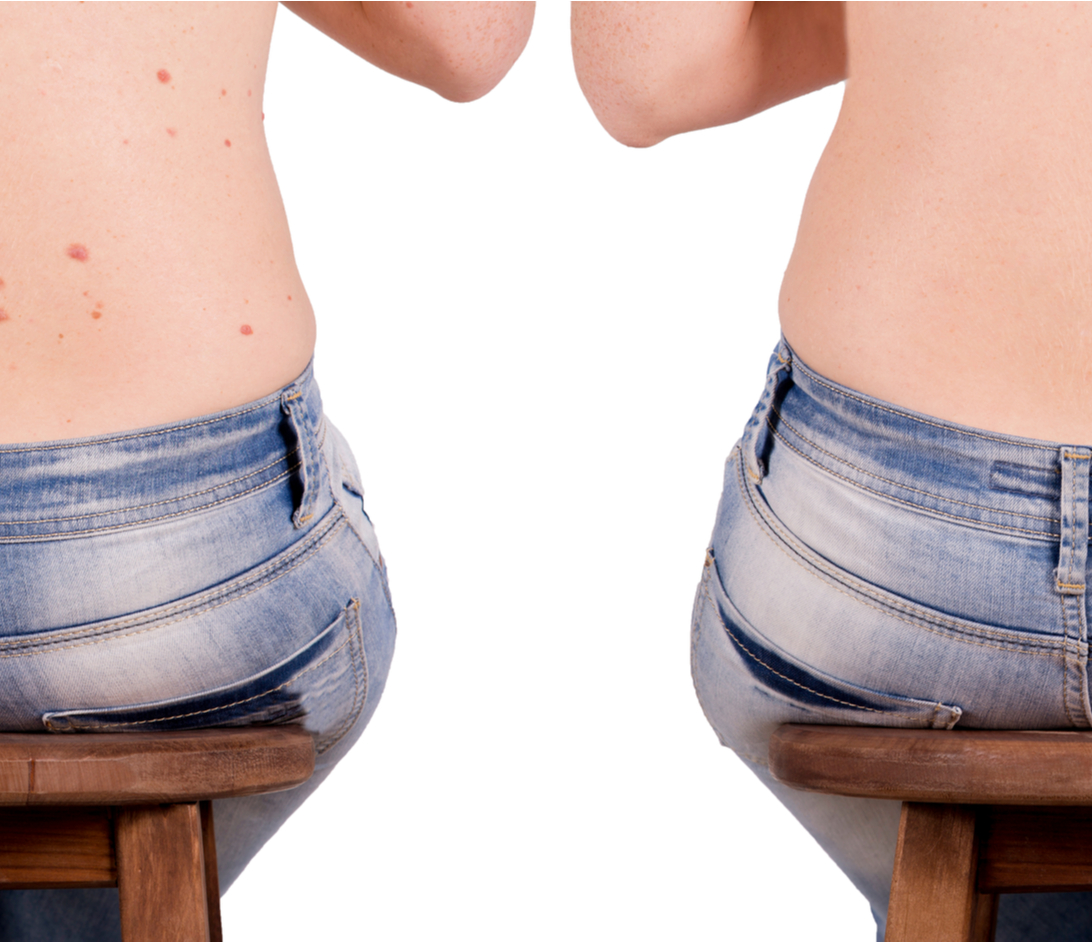
How Laser Treatment Works for Birthmarks
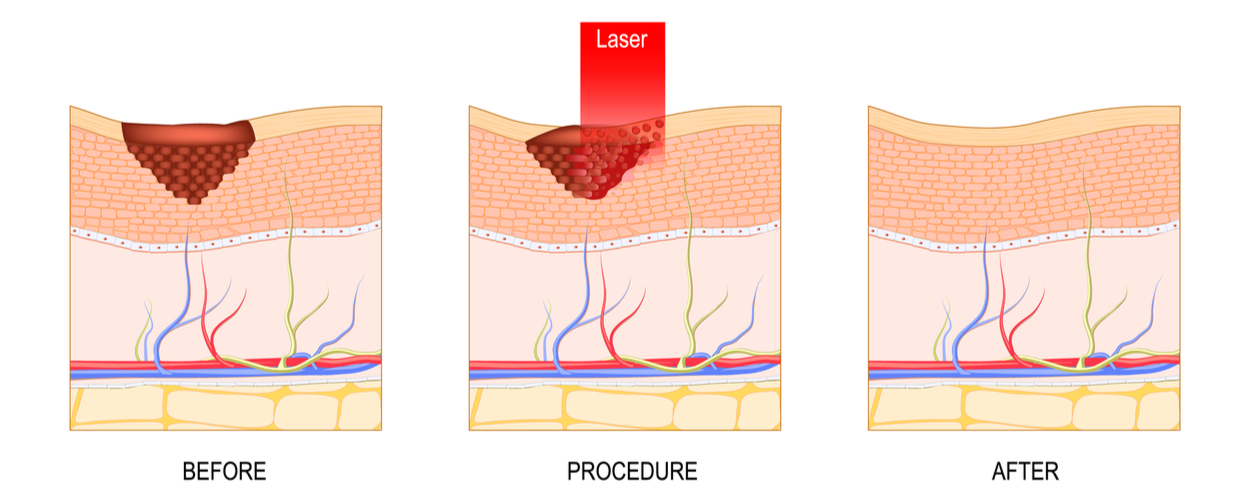
Most birthmarks are harmless, but in rare cases, they can indicate underlying health issues. If your concerned about skin marks of anykind consult your doctor or dermatologist.
Birthmarks are commonly treated with lightening creams or laser treatments.
The elōs Plus® device used at Zeiva Professional Center is a revolutionary step forward for aesthetic medicine. It combines optical (laser or pulsed light) and radio frequency (RF) energies to deliver comfortable treatments.

The elōs Plus® device is the only system to provide unique, three-layered skin protection.
- RF reduces optical energy requirements to moderate skin heating and allow a deeper penetration of heat
- Active Dermal Monitoring (ADM) immediately signals skin impedance changes
- Sapphire contact cooling improves patient comfort
DIFFERENT TYPES OF BIRTHMARKS
Vascular Birthmarks
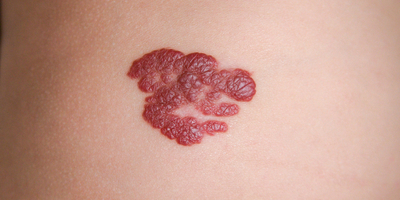
Hemangiomas (strawberry marks)
Are benign tumors made up of blood vessels. They can occur in muscle, bone, and internal organs, but they’re classified as a birthmark when they appear on the skin’s surface. They often have a textured look and can vary in size and shape. Some grow to cover the eyes or mouth and can be hazards, making it difficult for infants and children to see, breathe, or eat. These types of hemangiomas need to be removed.
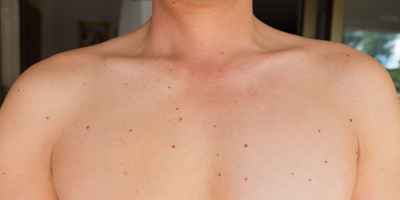
Macular stains
(salmon patches, stork bites,
or angel kisses)
Are clusters of blood vessels that have become stretched or dilated, resulting in a flat red patch on the skin. They’re more visible during temperature changes or when your baby is crying. This birthmark is called a stork bite when found at the base of the neck and an angel’s kiss if located between the eyes. It usually fades on its own within a few months.
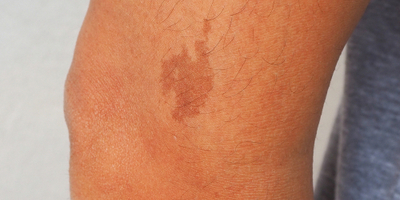
Port-wine stains (nevi flammei)
Are patches or spots of color ranging from pink to maroon. They are caused by dilated capillaries that allow blood to collect in a specific area. They can be on the face, neck, hands, and chest, but some people have them on the abdomen, legs, and arms. They gradually become darker over time and some people experience textural changes as they age. The skin of a port-wine stain can be more sensitive if it’s scratched or cut.
Pigmented Birthmarks
-
- Congenital dermal melanocytosisis sometimes referred to as Mongolian spots (a term coined by an anthropologist who thought they were more prevalent in people from Mongolia). These congenital, benign blue-gray patches look similar to bruises. They most often appear on the buttocks and lower back but may sometimes crop up on the abdomen or trunk and arms.The pigmentation can darken and become intense throughout the first year, peaking at age 2 and resolving itself over childhood. It’s usually completely faded by adulthood.
- Café au lait marks (CALMs) (from the French term for “coffee with milk”) are named for their light-tan color. Usually circular or oval, they’re often not present at birth but develop in the first few years of life.CALMs are usually harmless, but if they appear in a cluster larger than the size of a quarter, this may be a sign of neurofibromatosis type 1 (aka von Recklinghausen disease), a genetic disorder that causes abnormal cell growth of nerve tissues and affects the skin, nerves, and eyes.
- Congenital nevus or nevi molesare present at birth in 1–2% of the population. Occurring anywhere on your face or body, they can be pink, tan, brown, or black; small or large; flat or raised. They’re caused by a genetic mutation that develops randomly in utero, but they’re not inheritable.While congenital nevi are typically benign, they should be monitored for skin cancer later on in life. The larger the mole, the higher risk for melanoma, a rare but serious form of skin cancer.
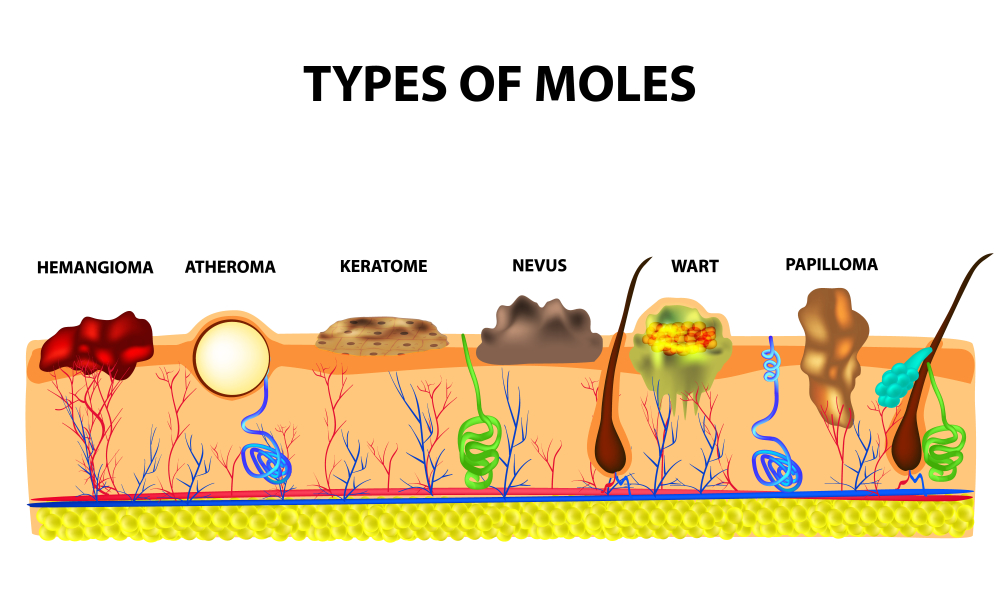
Real Clients – Real Results
Daniella
★★★★★
“Great experience!! Zeiva is so knowledgeable. My daughter and I are definitely going back!!”
Dorothy
★★★★★
“Very professional! Just one treatment and I believe I already see an improvement!”
Helga
★★★★★
“I had the best experience here at this center. Very clean. Very professional. They went above and beyond, and I will definitely stay a long-time customer.”
Betsy
★★★★★
“I ❤ this place! Very professional and great prices. Excellent service!”
TREATMENT
We can help…
Zeiva professional center has a variety of treatment options to treat and reduce flair ups and acne scaring. Schedule a consultation with one of our technically certified cosmetic estheticians.
